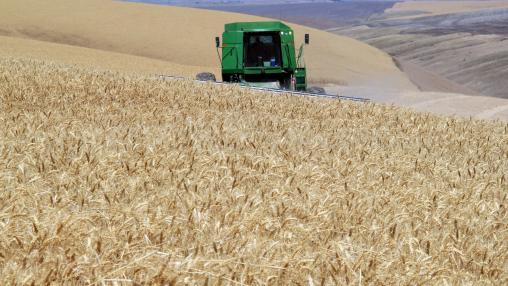
Wheat prices continue to see excessive volatility
Both hard wheat and soft wheat prices are experiencing a period of excessive volatility, according to the Food Security Portal’s Excessive Food Price Variability Early Warning System. Hard wheat futures prices on the Chicago Board of Trade began experiencing excessive volatility earlier in August, while soft wheat prices began to see excessive movement toward the end of the month. According to the Wall Street Journal, Chicago wheat futures reached a three-year high in early August. This surge was quickly followed by a decline in prices.
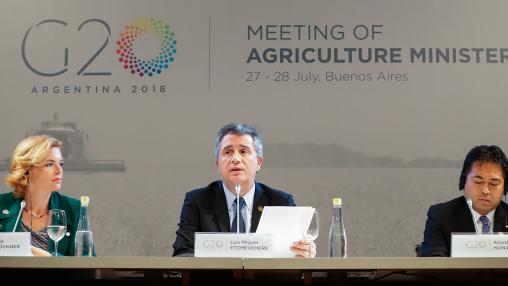
G20 Agriculture Ministers commit to collaborate on healthy, sustainable food future
The countries that make up the G20 account for around 60 percent of the world's agricultural land, some 80 percent of global agricultural trade, and about two-thirds of global population. As such, these countries have an important role to play in global food and nutrition security, as well as sustainable agricultural production.
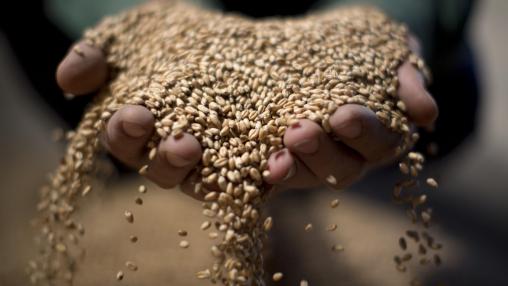
Early warning: Hard wheat prices continue to see excessive volatility
Hard wheat prices continued to experience excessive volatility this week, according to the Food Security Portal’s Excessive Food Price Variability Early Warning System . Futures prices for hard wheat on the Chicago Board of Trade rose in early August, reaching 586, 579, and 584 cents per bushel on August 6, 7, and 8, respectively; this is compared to 513 cents per bushel on July 6. According to the Wall Street Journal , Chicago wheat futures reached a three-year high in early August.
Hard wheat futures prices, 2015-2018
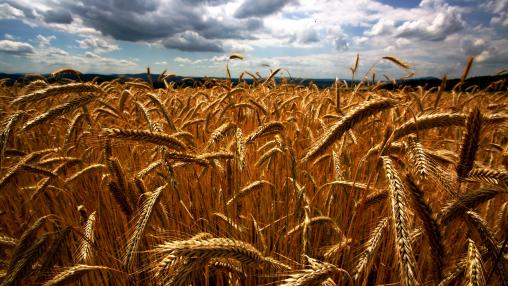
FAO Food Price Index Falls in July
The FAO Food Price Index fell sharply in July, the largest such decline since December 2017. The Index dropped by around 3.7 percent month-to-month from June, as well as 3.7 percent from its July 2017 levels. The decline is driven by reductions across all sub-indices.
The Cereal Price Index fell 3.6 percent from June and 0.8 percent from July 2017. The price of wheat, maize, and rice declined in June, although maize and wheat prices crept back up toward the end of the month due to concerns over production prospects.
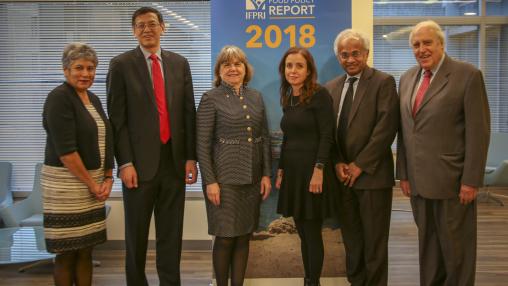
The Rise of Antiglobalization: 2018 Global Food Policy Report
The world will continue to face major challenges from political and economic uncertainty, conflict, and climate change in 2018 and beyond, and the rising trend of anti-globalization in some developed countries could hamper the ability of policymakers to respond to these challenges. The result could be slowed progress toward the Sustainable Development Goals (SDGs) and food and nutrition security, especially in developing countries.
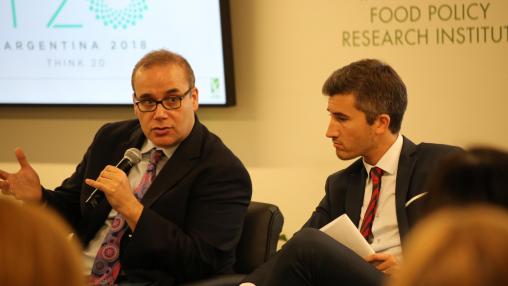
Policy seminar: Collaboration, sustainability must be key focus for Argentina G20
Argentine President Mauricio Macri has said that his country will place development, fairness, and sustainability at the forefront of this year’s G20 agenda, setting the theme of the Argentina G20 Presidency as “Building Consensus for Fair and Sustainable Development.” Experts recently gathered at IFPRI for a roundtable discussion on what these themes mean for food production systems, food security, and nutrition.
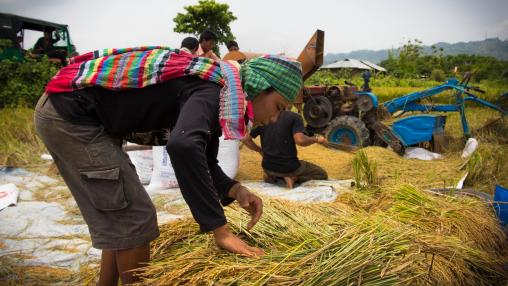
Food Price Trends Report Released
The latest version of FAO’s Monthly Report on Food Price Trends (FPMA) was recently released. The February report shows global cereal prices have increased overall since the start of 2018.
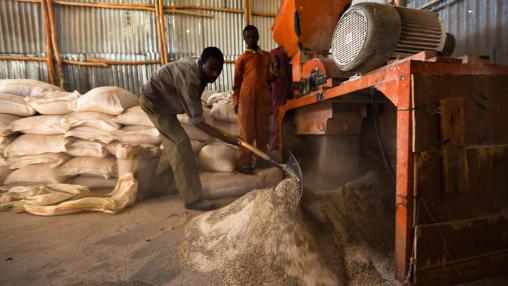
The Global Food System and Employment
The food system represents a vital economic sector, making up the largest source of employment (both self-employment and wage employment) in many developing countries. This system extends far beyond farm production to include a wide range of activities, including food processing, transportation, and retail. A new report from the World Bank examines how the global food system can be strengthened to fulfill the SDG goals of enhanced global employment and reduced poverty.
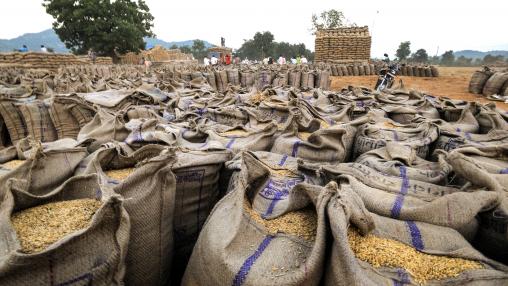
Persistent conflict, weather shocks driving food assistance needs in 37 countries - FAO
The FAO Crop Prospects and Food Situation Report for the last quarter of 2017 reports that 37 countries remain in need of food assistance. Twenty-nine of those countries are in Africa, seven are in Asia, and one is in Latin America and the Caribbean. Persistent conflict coupled with weather shocks resulting in production shortfalls are behind most of these needs. All of these factors have limited food access and availability in the affected countries, in some cases severely.

Whither global trade talks after the failure in Buenos Aires?
The gathering of the Eleventh Ministerial Conference of the World Trade Organization in Buenos Aires Dec. 10-13 was impressive in size. It brought together nearly 4,000 ministers, senior trade officials and other delegates from the WTO's 164 members and observers as well as representatives from civil society, business and the global media.